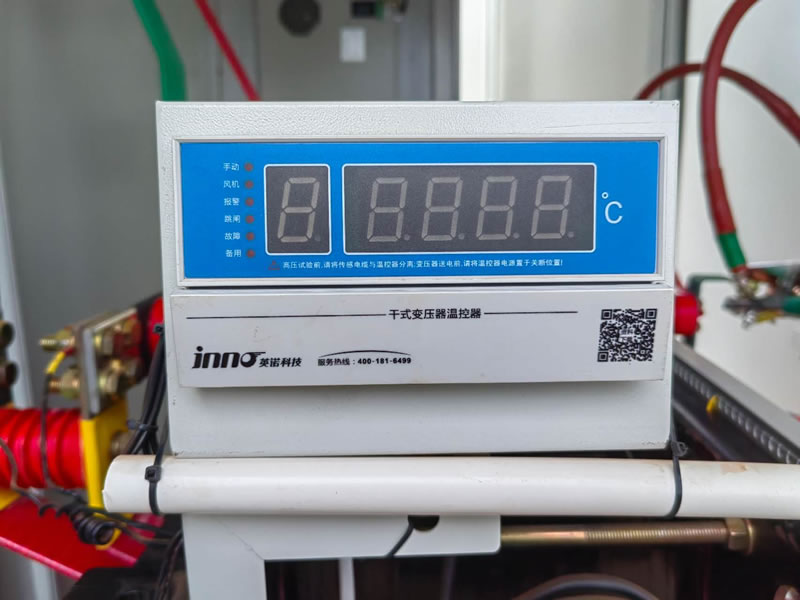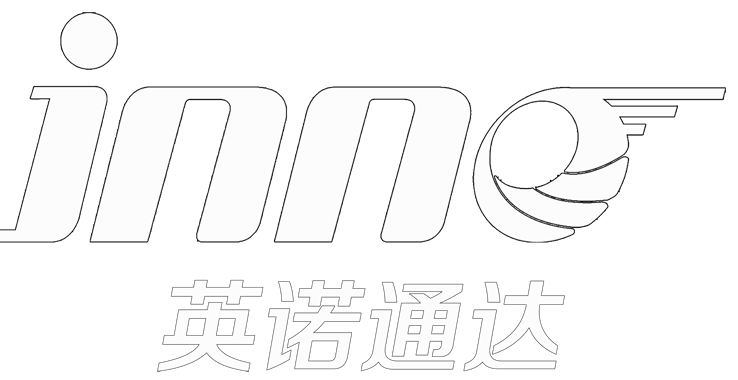Accessories for dry-type transformers Thermostats Cooling fans
Date: July 24, 2025 16:11:38
There is a wide range of accessories for dry-type transformers, which are mainly used forGuaranteeing its safe, stable and efficient operation and facilitating its installation, monitoring, maintenance and protection. The main accessories can be divided into the following categories:
I. Core O&M accessories
-
Temperature controller (Dry-type transformer thermostat):
-
Function: This is a dry-type transformer.most criticalOne of the accessories. It monitors the winding temperature in real time by means of a temperature sensor (usually a platinum resistor Pt100 or Pt1000) embedded in the winding.
-
Role:
-
Displays real-time temperature (three-phase or highest phase temperature).
-
Over-temperature alarm: alarm signal when the temperature reaches the preset upper limit.
-
Over-temperature trip: When the temperature reaches the dangerous value (usually 10-20°C higher than the alarm value), the output trip signal cuts off the power supply to protect the transformer.
-
containmentCooling FansStart-stop (see below).
-
Fault self-diagnosis.
-
Provide remote communication interface (e.g. RS485, Modbus, etc.) to upload data to the monitoring system.
-
-
Type: Single-point thermostats, multi-point thermostats, advanced thermostats with communication.
-
-
Cooling fans:
-
Function: When the transformer load rises and causes the winding temperature to reach the set start-up value (usually controlled by the temperature controller), the fan starts automatically, forcing the wind to cool the transformer winding, reducing the temperature rise and improving the overload capacity.
-
Ingredients: Fan units typically include fan blades, drive motors, shields, mounting brackets, etc.
-
Configuration: Quantity is based on transformer capacity and heat dissipation requirements.
-
II. Protection and enclosure accessories
-
Enclosure/shield:
-
Function:
-
Prevents accidental human contact with energized parts (meets IP protection level requirements, e.g. IP20 against finger contact, IP23 against dripping water).
-
Prevent foreign objects (e.g. tools, small animals, dust) from entering the interior of the transformer causing short circuits or contamination.
-
Provides some mechanical protection.
-
Sometimes it also acts as a wind guide and improves heat dissipation.
-
-
Material: Usually made of steel plate (sprayed or stainless steel), aluminum alloy or non-metallic flame retardant materials.
-
Type: Detachable type, fixed type, type with observation window, type with ventilation louvers, etc.
-
-
High-voltage protection device (optional, depending on design):
-
High voltage load switch: Installed on the high voltage side of the transformer, it is used to turn on and off the load current and provide a visible break point.
-
High-voltage fuse (fuse): Used for short-circuit protection, when the high-voltage side of a serious short-circuit fault occurs quickly fuse, cut off the power supply to protect the transformer.
-
Lightning arrester (surge protector): Installed at the high-voltage inlet end, it is used to absorb overvoltage from the grid (e.g. lightning strike, operational overvoltage) and protect the insulation of the transformer.
-
-
Low voltage outlet terminal block/copper row:
-
Function: Provides an interface for connecting the transformer's low-voltage windings to external low-voltage distribution cabinets or bus ducts.
-
Type: Standard terminals, expandable terminals, fully insulated hooded terminals, copper row connections, etc.
-
III. Installation and support fittings
-
Base/rail holder:
-
Function: Used to support and secure the transformer body, usually with mounting holes for easy attachment to foundations or rails with ground bolts.
-
Material: Welded from channel, I-beam or steel plate.
-
-
Shock pads/shock absorbers:
-
Function: Installed between the transformer body and the base or foundation, it absorbs the vibration and noise generated during transformer operation and reduces the transmission to the building structure.
-
-
Lifting device:
-
Function: Used for transportation and installation lifting of transformers. The top of the body usually has a lifting ring or lifting mix.
-
Accessories: Specialized lifting gear (slings, hooks, etc.).
-
IV. Other ancillary accessories
-
Nameplate:
-
Function: Fixed in the transformer shell in a conspicuous position, clearly labeled transformerKey technical parametersSuch as model, rated capacity, rated voltage, wiring group, impedance voltage, manufacturer, factory number, weight, factory date, etc.. This is an important identification of equipment identity and operation basis.
-
-
Voltage Tap Connection Tabs (No Excitation Regulation)
-
Function: For transformers with non-excited voltage regulation (adjustment in case of power failure), it is used to connect different taps to change the ratio (output voltage) of the transformer.
-
Location: Usually on the high-voltage winding side, it is necessary to open the guard to operate.
-
-
Epoxy resin casting of the casting body of the winding:
-
Description: This is the core component of a dry-type transformer (especially the epoxy resin casting type), which is not technically considered an "accessory", but the surface of the winding may be pre-embedded or left with holes or mounts for other accessories (e.g. thermostat probes).
-
-
Neutral point grounding device (optional):
-
Function: For systems requiring neutral grounding (e.g., low-voltage TN-S systems), neutral lead-in terminals and grounding connection points are provided.
-
-
Discharge rod (for maintenance)
-
Function: Used to fully discharge transformer windings prior to maintenance work to ensure personal safety.
-
-
Ground terminal/grounding symbol:
-
Function: Clearly label the grounding points of the transformer shell and core to ensure safe grounding.
-
The main accessories of a dry-type transformer revolve aroundTemperature monitoring and cooling (thermostats, fans), electrical protection (enclosures, fuses, surge arresters), mechanical mounting and support (bases, vibration damping pads), connecting interfaces (terminal strips), and safety markings (nameplates, grounding)These core functions unfold.
Important Tip:
-
What are the specific accessories?Depends on the transformer model, capacity, voltage level, application scenario (indoor/outdoor, general power distribution/special places), user requirements, and relevant standards and specifications.. For example, large-capacity transformer fans are standard, while smaller capacities may not be available; the IP rating requirements for the protective cover are different, and so are the forms of fittings.
-
When selecting and purchasing, be sure to specify the list of required accessories and technical specifications according to actual needs. When installing, operating and maintaining, be sure to refer to the transformer manufacturer's suppliedComplete technical manuals and instructionsThe














